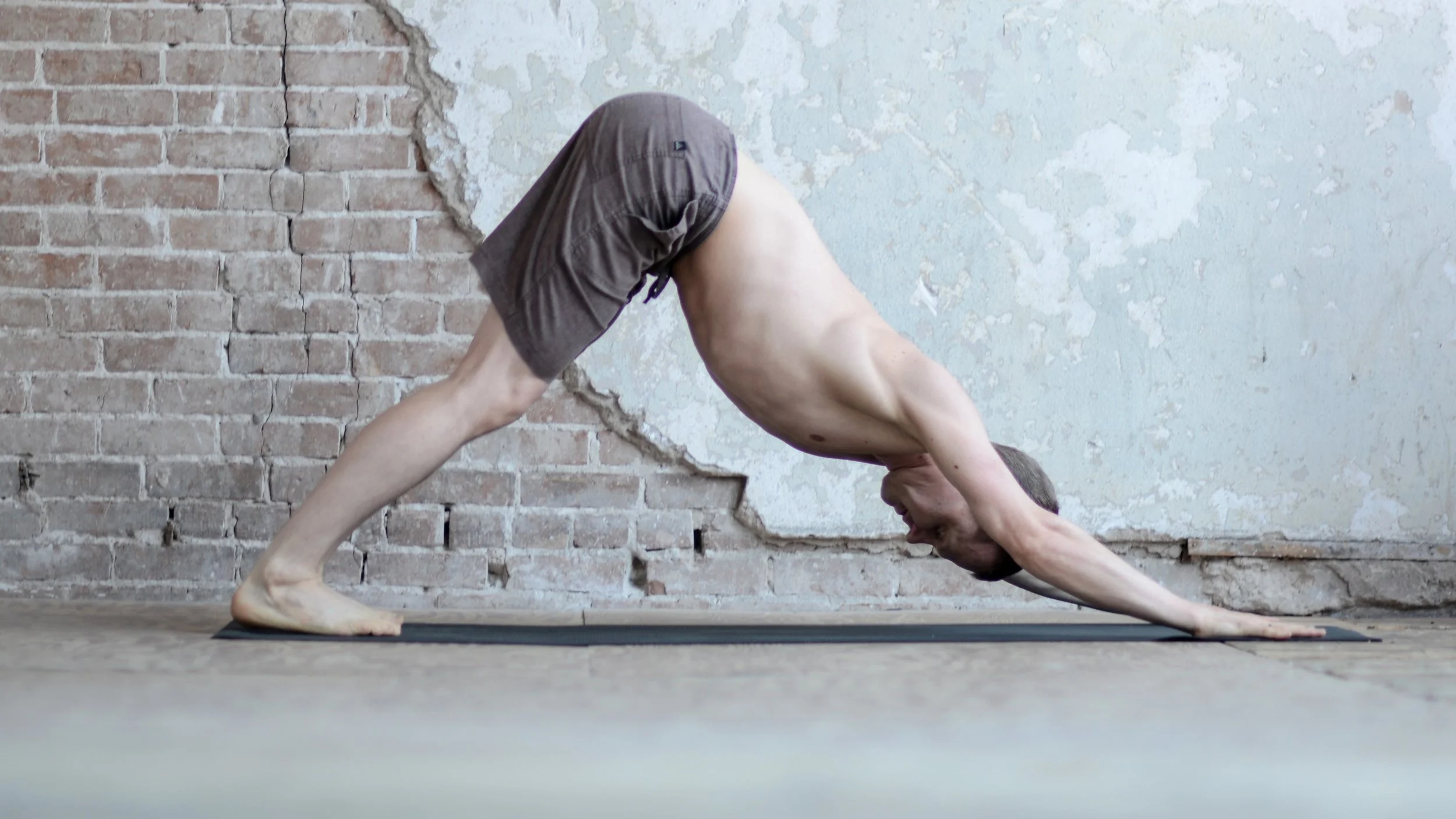Yoga Teacher
To make a liveable income, he must teach 20+ classes per week for $25-50 per class, do private lessons for $50-150, and offer workshops for $25+ per head. At a higher level experience, he can offer retreats for $300+ per person and yoga teacher trainings for $2500+ per person.
Because it is rare that he can have several classes in a row or even at the same studio, he will have to drive between several locations throughout the work day. The work hours are generally morning, lunchtime, and evening with gaps in between.
Yoga Alliance is a registrar not a licensing body. Because yoga teacher trainings (YTT) are a common way for studios to earn a profit, YTT are common and thus yoga teachers are very common.
Full-time yoga teachers are rare because of the downward pressure on wages due to a large number of adequately skilled potential employees. Most yoga teachers are part-time and supported through some other means.
Personal Trainer
To make a liveable income, he must perform 20+ personal training sessions per week for $15-50 of pay per session. Group classes, workshops, and special events are means to earn additional income.
Most gyms will prefer that the personal trainer be exclusive to that location, he will work in one location during his work week. The work hours are similar to a yoga teacher in that early mornings, lunchtime, and evenings are the work hours. This might mean 13 hour shifts or working a few hours in the morning and a few at night.
There are many certifying organizations for personal training, each with a respective price point, reputation, and level of difficulty to obtain. A personal training certification is a certification, unlike a Yoga Alliance registration, and so personal training is viewed a more legitimate vocation. Also, there are a many more specialized certifications that one can obtain within the field of personal training (strength and conditioning coach, various exercise modalities) Nonetheless, the barrier to entry into personal training remains relatively low. It is more common to be a full-time personal trainer than a full-time yoga teacher.
Having worked in both roles and currently as a full-time personal trainer, it is my preference to be a personal trainer because of the opportunity to work in one location each day rather than several. Also, the education that I have received as a personal trainer, both formal and casual, has made me a better skilled fitness professional.
If you’re interested in becoming a personal trainer, then I suggest enrolling in Life Time Academy, which provides a mix of online and in-person instruction plus the opportunity to intern at a fitness club. The next semester begins this week.




